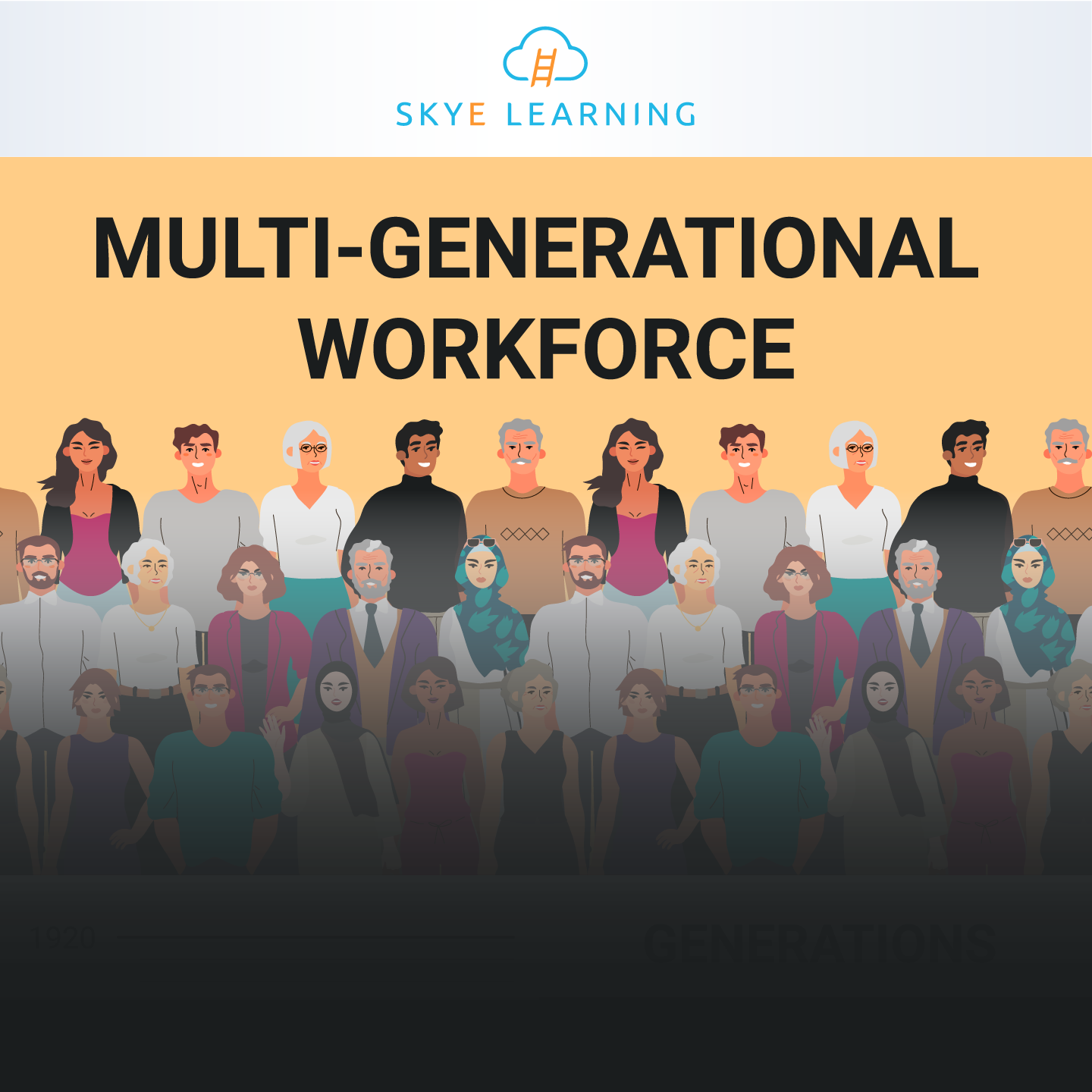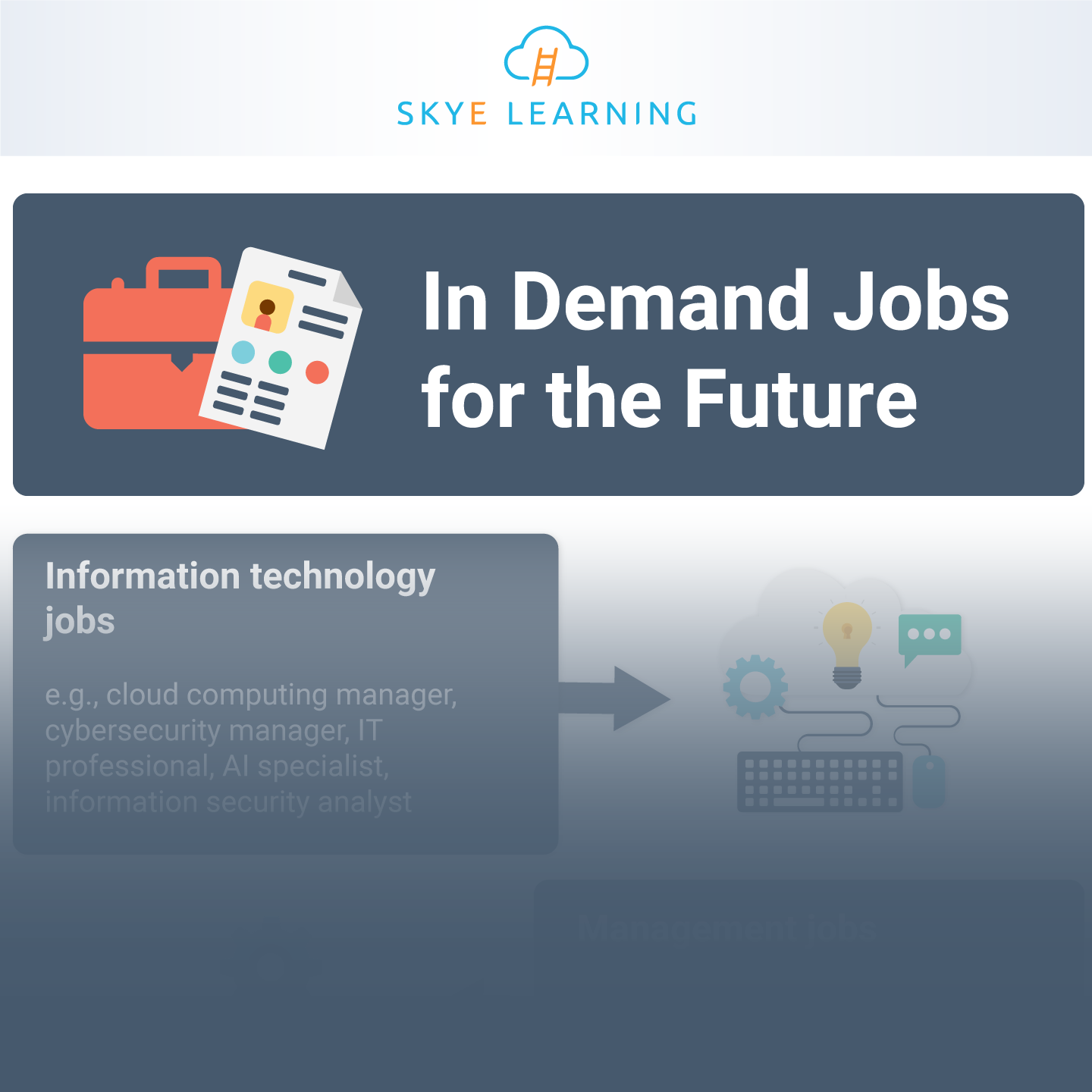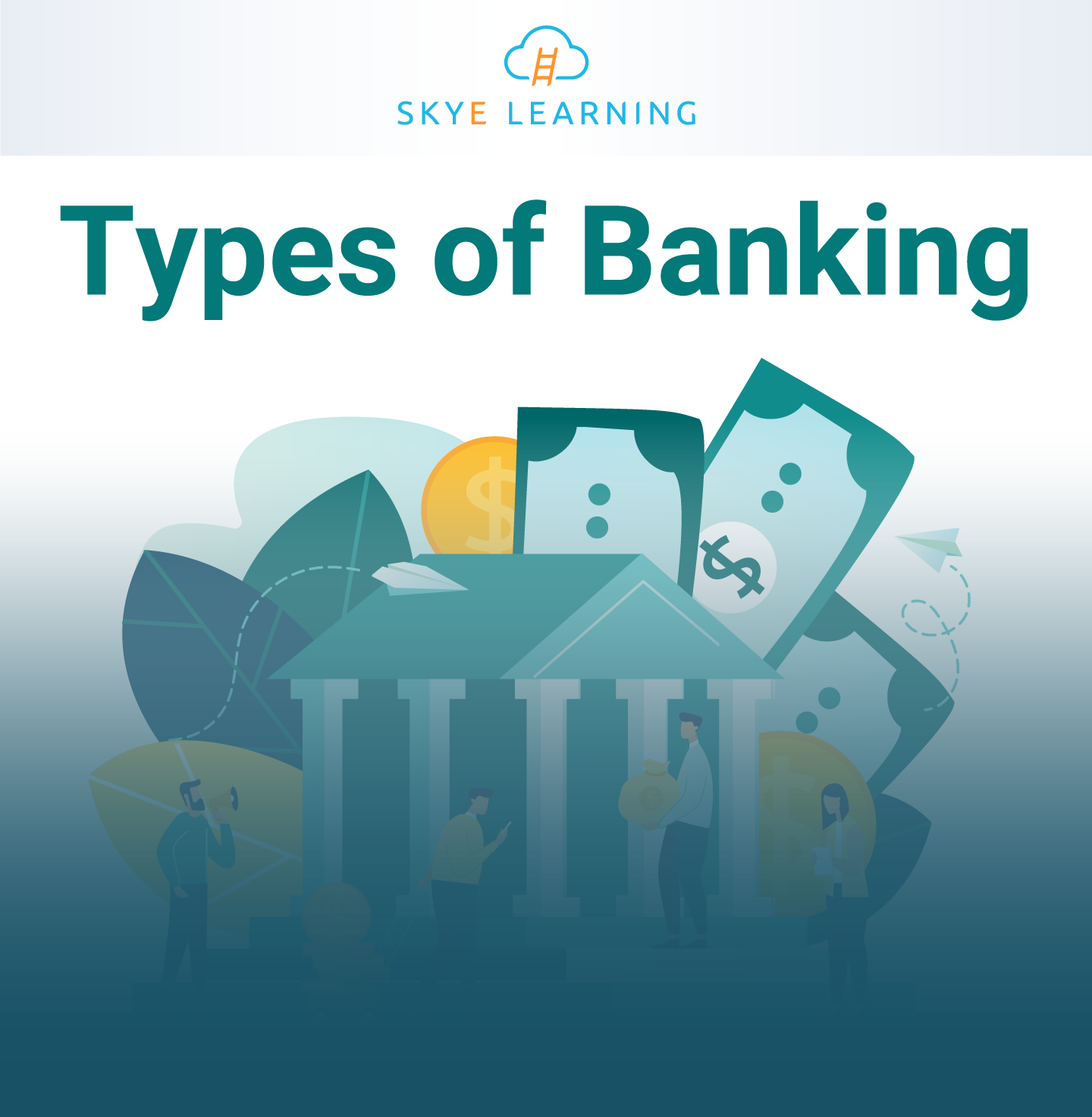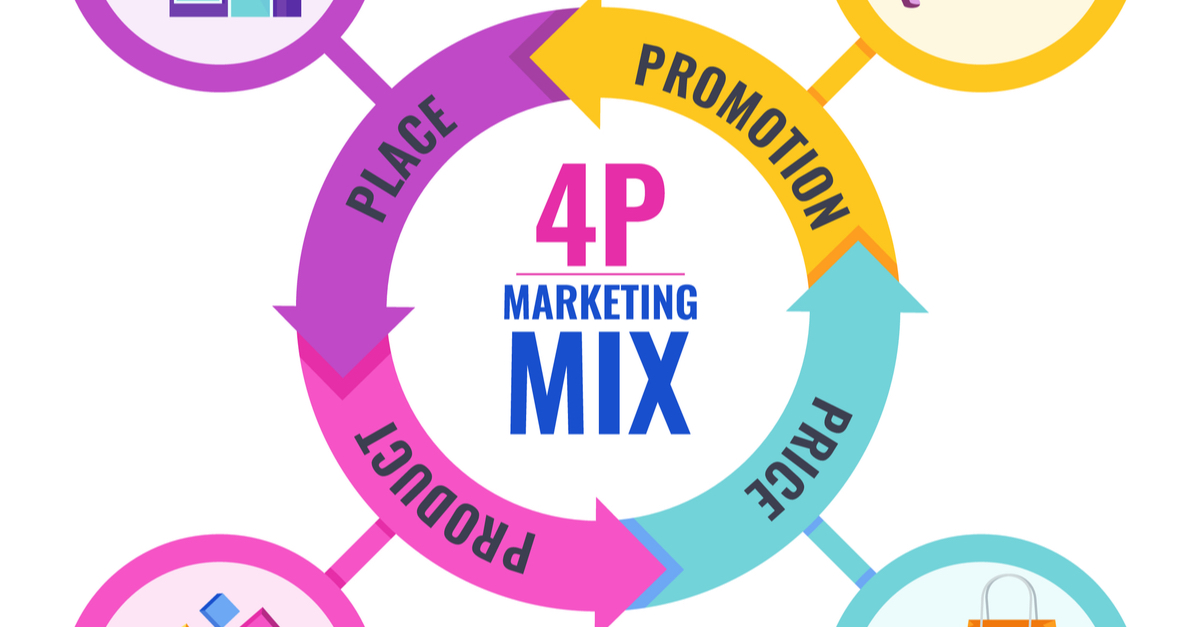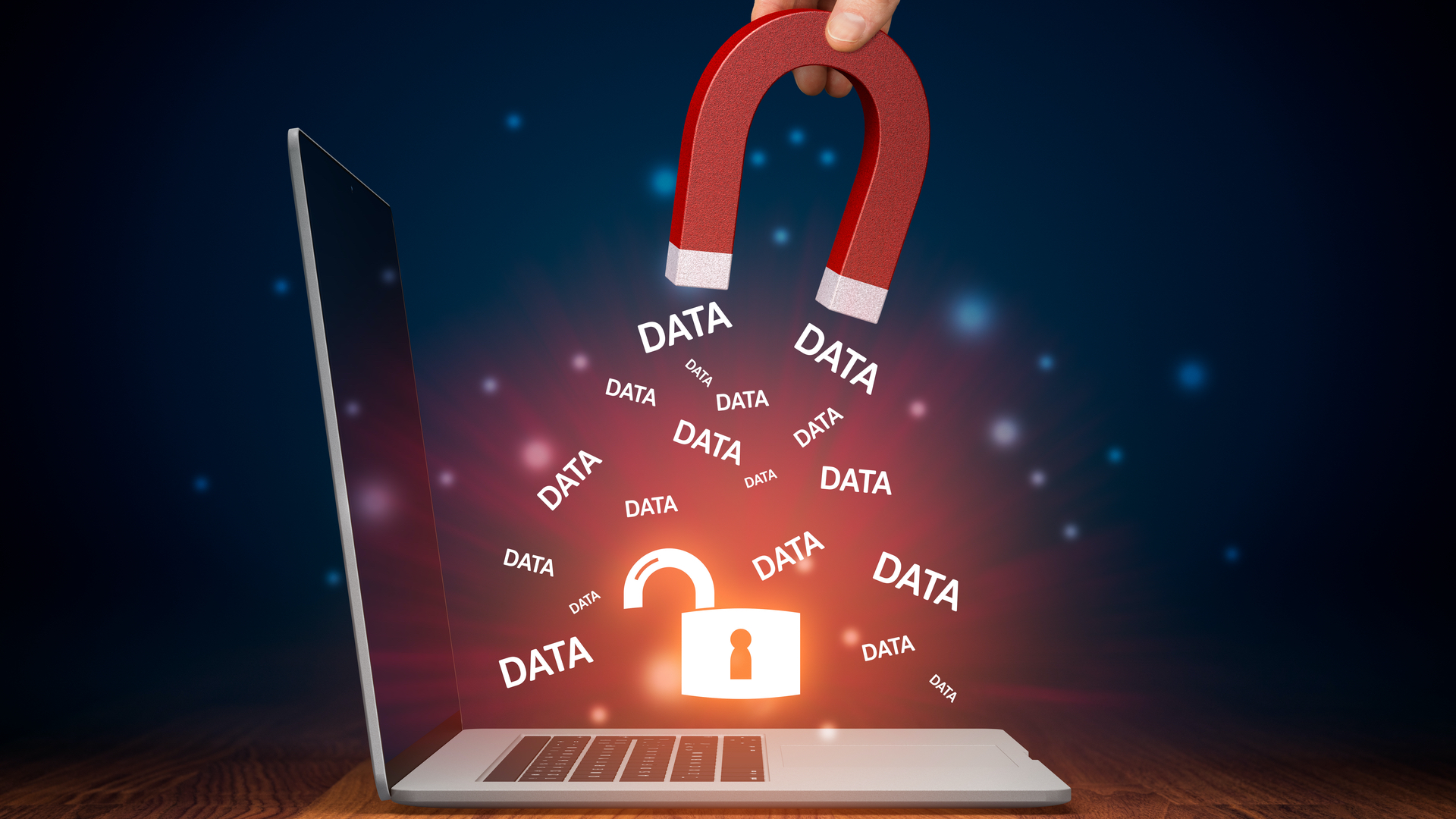A multi-generational workforce consists of employees spanning multiple generations. Analysts have labeled generations with different names, such as Baby Boomers and Generation Y, and have highlighted characteristics shared by most members of each group. For instance, the Traditionalists are survivors of the Great Depression and World War II and therefore may tend to be more focused on patriotism, teamwork, and rules of order. Managers can better lead their employees by understanding these generational differences.
In-Demand Jobs for the Future
Employers, employees, and job seekers can all benefit from knowing what jobs will be in-demand in the future. Current workers and job seekers can use this information when considering a career change, continuing education opportunities, or a new position. This knowledge also helps employers looking to start a business, expand a company, or search for investors.
Check out our latest infographic to learn more about jobs that are expected to be in-demand in the future.
Types of Banking
Banking facilitates the transfer of wealth in an economy. In its most simple form, rather than having someone carry around all their money, they keep it in a bank. When they need that money, they write a check or use a debit card. This ensures a safe transfer of money from one person to another.
In the United States, we have a dual banking system, meaning that we have banks that are chartered nationally in addition to banks that function under a state charter and regulations.
What Are the 4 Ps of Marketing?
Every solid marketing strategy is centered around the 4 Ps: product, price, place, and promotion. Each P plays a different role in the marketing mix, which describes the various marketing tools and strategies a business uses to achieve certain goals and objectives.
Let’s explore each P more in depth.
Four Stages of Risk Management
Risk management consists of four essential stages which, taken together, constitute a systematic process for dealing with the broad array of risks that an organization may face.
Stage 1: Identify the risks. The first step in managing risk is to determine what those risks are.
Stage 2: Assess the risks. Not all risks are equal. For the average company, the risk of having an employee injured in a workplace accident is higher than, for instance, the risk that a meteor will destroy its factory.
The Cost of Data Leakage
Hackers are attackers outside of an organization who exploit security weaknesses in computer systems or networks to gain unauthorized access to information, cause mischief, or make changes to files, settings, or systems. Hackers have become increasingly sophisticated over the years, and many are experts on a variety of computer systems and software.
With the increase in cyberattacks and data security lapses, many organizations have changed their overall approach to data security and are taking a risk-based approach to data security.
Pros & Cons of Hiring Remote Workers
Finding and selecting the best talent is a critical element of organizational success. It's essential to have a robustPros & Cons of Hiring Remote Workersrecruitment and selection process to attract the best candidates and hire the most qualified applicant for each position.
COVID has made working remotely the norm within many companies. It's important for managers to remember that communicating with remote workers poses certain challenges. For example, a manager can't simply walk over to an employee's desk to make a quick request. Every exchange is more intentional, and phone calls, video chats, emails, and other forms of conversation can disrupt productivity and workflow.
7 Strategies for Leading a Virtual Workforce
Companies of every size are faced with a reality once reserved for "future of work" strategies and conversations in the boardroom. That reality is now.
As more Gen Zers enter the labor market, remote work is predicted to become the norm. In fact, by 2028, 73 percent of all teams will have remote employees, according to UpWork's 2019 Future Workforce Report.
Another eye-opening report is the 2018 Global State of Remote Work. It found that 56 percent of employers worldwide currently offer either a completely remote workplace or a hybrid form of remote work.
Reasons to Conduct Pay Audits
Many human resource professionals contribute to formulating pay structures, or systems that assess the value and corresponding pay of each employee or job position. Pay becomes a measure of the contribution made by an employee to his or her place of work. If a female employee receives less pay than her male counterpart, is the company inferring she is contributing less? Does the female employee view the situation this way?
Regular equal pay audits are useful tools for identifying pay gaps. Employers choose the parameters for these audits, like collecting pay data by gender.
Components of an Action Plan
Today's professionals are under an increasing amount of pressure to be able to "do it all," which can lead to unhealthy amounts of stress and a decrease in motivation and self-confidence. Help combat these feelings by creating an action plan.
Action Plans describe what you need to accomplish to achieve a given goal, objective, or outcome. Action Plans often list the tasks you need to carry out in chronological order.




